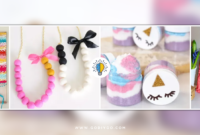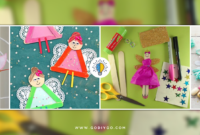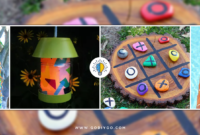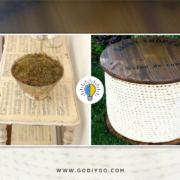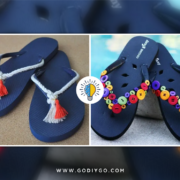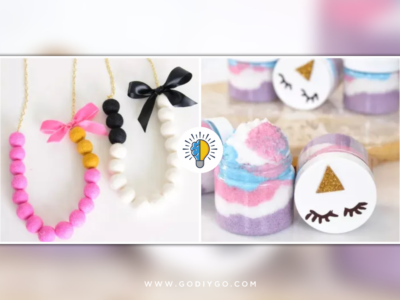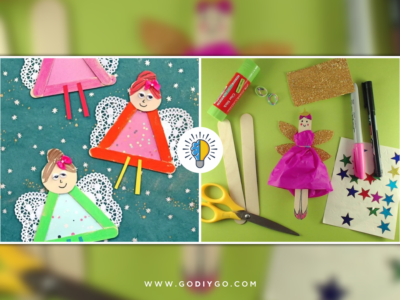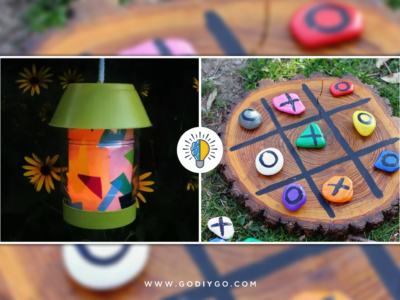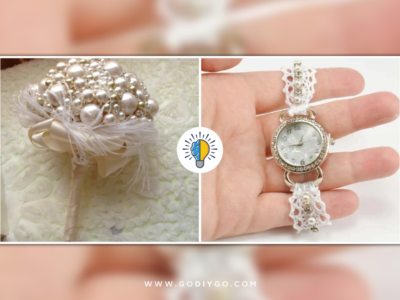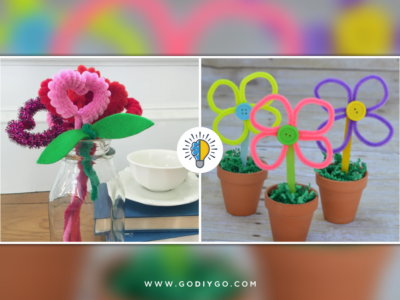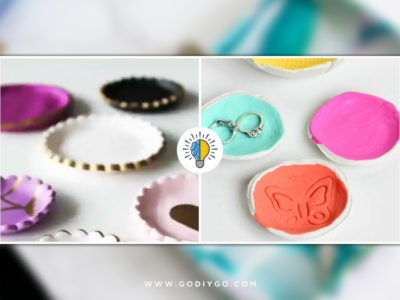Resin jewelry is a beautiful and unique way to show off your style. Resin is a versatile material that can be used to create stunning pieces of jewelry.
Whether you’re looking for a statement necklace or a pair of earrings, there are plenty of resin jewelry ideas to choose from. Resin jewelry is also a great way to show off your personality. The folks behind The Woodland Reserve have shown that you can create truly unique pieces of resin jewelry using multiple colors and textures.
If you’re looking for something truly unique, you can even create your own resin jewelry. By adding different colors, glitter or beads, you can create one-of-a-kind pieces that are sure to turn heads.
So if you’re looking for some new jewelry ideas, be sure to keep on reading.
Is Resin good for jewelry?
Resin jewelry is a popular choice for many reasons. It is relatively low-priced, durable, and easy to work with. Epoxy resin is the most common type of resin used in jewelry making. It is clear and cures quickly, making it a good choice for beginners.
Resin can be tinted with food coloring or mixed with glitter, dried flowers, or other small objects to create unique pieces. Resin jewelry can be made using molding techniques or by pouring resin into molds. It can also be poured directly onto surfaces such as glass or wood to create one-of-a-kind pieces. Resin jewelry is a fun and creative way to show your personality and style.
Which resin is best for Jewelry making?
Resin jewelry has become increasingly popular in recent years, and it’s easy to see why. Resin is a versatile material that can be used to create a wide variety of jewelry and accessories.
Epoxy resin is particularly well suited for the production of jewelry, as it dries quickly and has a beautiful, crystal clear surface. Polyester resin is also a popular choice for making jewelry, as it is extremely robust and dries quickly. Resin jewelry is perfect for those who want to create unique and stylish pieces that are sure to stand out from the crowd.
Making resin jewelry is a fun and creative way to show off your style. best of all, it’s easy to do! Just follow these five simple steps:
- Seal: There are many different ways to seal your paper, fabric or other porous ephemera before embedding it in resin. One way is with a water-based product like Mod Podge that will give you awesome results without any fumes! Paint the top, bottom, and sides with several thin coats, allowing it to dry between coats.
online pharmacy spiriva with best prices today in the USA
- Mix: Resin comes in two parts that must be mixed together before use. Be sure to mix them thoroughly – otherwise your resin will not cure properly.
- Pour: Once your ephemera is sealed and your resin is mixed, you’re ready to start pouring! Pour a small amount of resin into your mold or bezel, then add your embedments. Repeat until the piece is full.
- Cure: Allow your piece to cure for at least 24 hours before handling or wearing it. You can speed up the curing process by using a hair dryer or heat gun on low setting, moving it back and forth over the surface of the piece until it feels warm to the touch.
- Enjoy: Your finished piece is now ready to wear
Can water damage resin?
Resin is water resistant, but not waterproof – so it’s best to take it off before showering, washing up or swimming. This is especially important if the piece also contains metal, as exposure to water will cause the metal to tarnish more quickly. If your resin piece does get wet, simply pat it dry with a soft cloth. Avoid using harsh chemicals or abrasives on your resin jewelry, as this can damage the finish. With proper care, your resin jewelry will stay looking beautiful for many years to come.
Can you pour resin over resin?
Applying a second coat of resin is an easy way to fix any mistakes from the first layer or to cover any surface imperfections.
You can also pour multiple layers of resin if you need to cover areas of high relief, if you’re pouring into a mold or if you simply like the look of a thicker coat. The key to success is to pour each layer slowly and evenly, making sure that the previous layer has had enough time to cure before adding the next.
Does resin scratch easily?
Resin has a nonporous surface that makes it resistant to stains and discoloration.
Resin is an excellent material for making products because it has a low maintenance and easy to clean surface.
Plus, resins are resistant towards stains or discoloration which makes them great in high-contact areas where dirt might build up over time on other materials.


